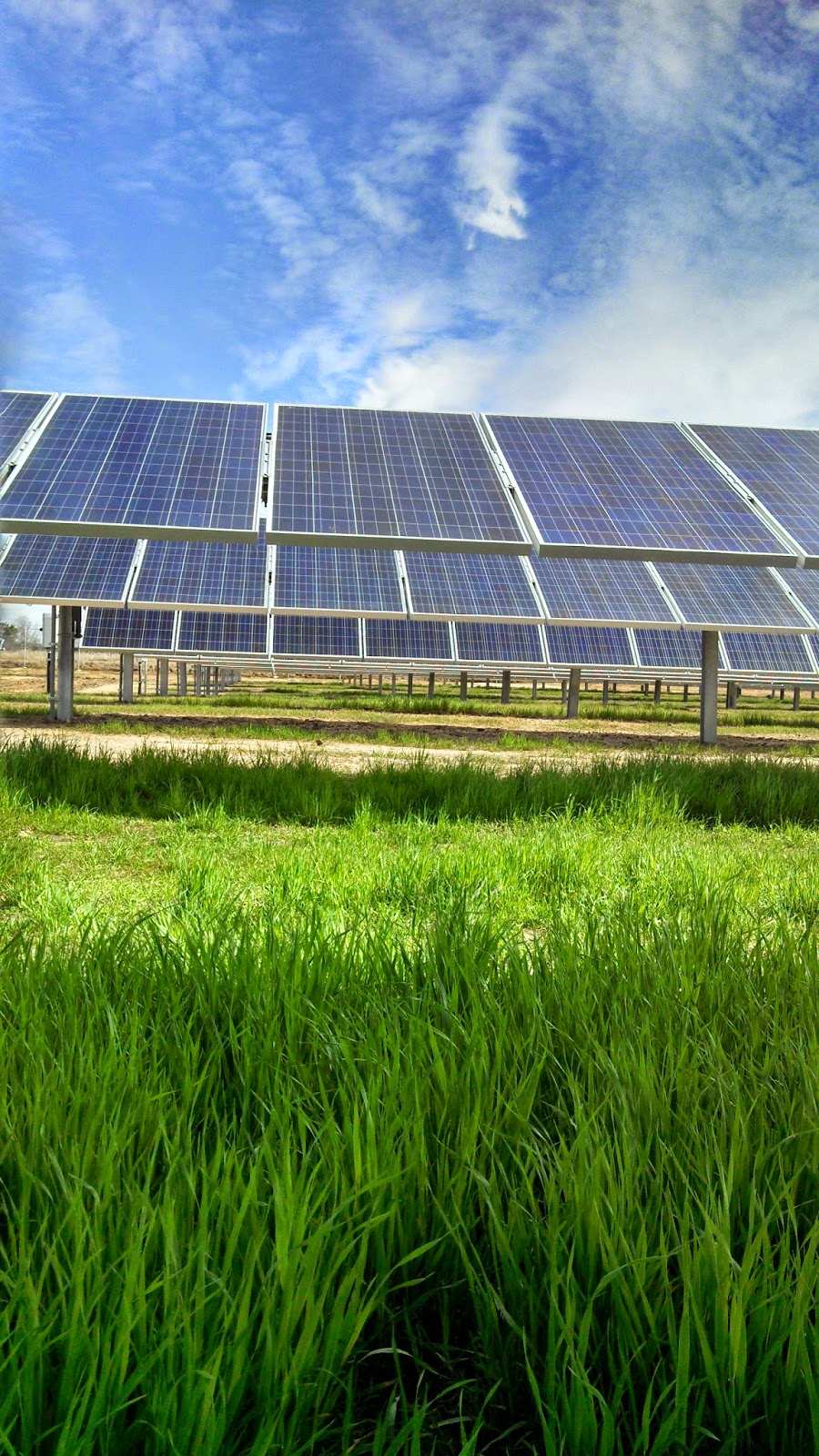When I wrote The Clean Power Revolution in 2014, I had no idea that we would see such rapid price reductions in solar energy. I was quite confident that wind energy would become more competitive than coal & nuclear (it has) and that massive new transmission lines would be constructed to support wind energy growth (they were). But to see the amazing growth of solar (both utility-scale solar power plants and rooftop behind-the-meter) and energy storage due to their mind-boggling cost reductions is gloriously surprising (did I just say that?).
Wholesale energy prices tell the story – not opinions, rhetoric or political tendencies. In doing a quick review of comments above, it appears most of you are not (or have not been) actively employed in the wholesale utility energy industry. Bottom line: coal and nuclear, even with their billions of dollars of federal subsidies, cannot compete with UN-subsidized wind and solar energy.
Wholesale energy prices in ERCOT (Texas), WECC (the entire western grid from Colorado west to California), MISO (upper Midwest), SPP (Great Plains), PJM (Northeast) and most of the Southeast generally range from 3.7 to 8 cents per kWh. Wind energy is profitable at 3 cents (without PTC) and at 2 cents with the PTC (which simply levels the playing field with the massive subsidies (direct and indirect) with fossils & nuclear). That’s well below average energy pricing today, which includes hundreds of decades-old fossil plants that are fully paid for and only have fuel and maintenance costs (O&M). Daytime wholesale (peak) pricing is generally about 40-90% higher than 24/7 pricing, which pushes wholesale trading energy prices to 5-10 cents per kWh. This includes ALL forms of generation such as cheap hydro-electric (which is now becoming an intermittent resource due to more common droughts thanks to climate change) and really old (but inefficient) coal plants. Utility-scale solar energy at 5 cents/ kWh for peak pricing (which I didn’t even write about in my book 10 years ago due to its high cost back then) is surprisingly now cheaper than ANY form of new generation (coal or gas) except wind). And onshore wind usually doesn't have strong production during peak hours. In Texas, the largest energy consuming state in the USA with some of the cheapest fossil fuel energy resources, solar beat – on price alone – coal, wind, natural gas and nuclear for the municipal utility for the city of Austin, and has done so for others. Austin is paying about 7 cents for daytime energy now (mostly coal & gas). I never would have thought I’d see 5 cent / kWh solar a few years ago, but here we are. Unsubsidized solar today is about 7 cents per kWh, which is still on par with fossil fuel prices. Solar costs are dropping (as are wind's), while fossil fuel costs inevitably rise. So who do you think will win this game, when solar & wind already beat coal, nuclear and gas on price?
I used to own stock in several fossil fuel companies, but have sold it all because as an energy insider, I see the writing on the wall: coal and nuclear cannot compete with wind & solar regardless of what the federal policies are. Carbon costs or not, pollution controls or not, subsidies (for both fossil and renewables or even only for fossil fuels) will not affect the inevitable demise of the coal & nuclear industry in the USA.
With respect to intermittency being a major problem, that is a MYTH. The utility industry has more than a century of practice managing wild swings in intermittent demand on the load side and has gotten quite proficient at it. Adding intermittency to the supply (generation) side is a non-issue until you get to over 40-60% of the fleet of generation assets according to dozens of peer-reviewed studies by the utility industry itself, governments (USA Federal & state), universities, private industry groups, etc. Furthermore, there are currently over a dozen states that have >10% of their energy coming from wind (and a few at >20%) including Texas and Iowa, and there have been no problems with unreliability due to intermittency. In fact, during the recent climate-change induced Polar Vortex, wind energy saved the ERCOT grid in Texas when too many power plants went down, and wind & solar saved the grid in PJM in the Northeast when their plants went offline due to extreme cold. So my fellow Americans, don’t listen to fear-merchants that would have you believe prices will go up (they’re going down in Germany and in the USA as a direct result of renewable energy due to no fuel costs) or that the grid will fail. It’s nonsense and is damaging to America to claim such lies are true. Yes, naysayers, you are not being patriotic when you’re spreading lies and half-truths; stick to the facts.
I have been in the utility energy industry since 1998, and have 1st hand experience with fossil fuel plants and renewable plants in various parts of the USA, including energy trading; power plant design, construction, ownership & operation; and distributed generation of multiple types (natural gas, hydrogen, wind, solar, energy efficiency upgrades including boilers and HVAC and energy storage). Note: the EIA and others do not have current energy data (from 2013 & 2014) and therefore renewable cost gains in the last 18 months are completely ignored in their forecasts & reports.






